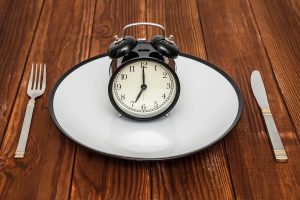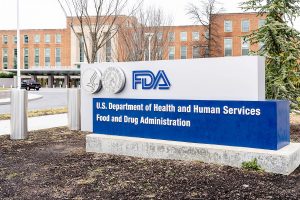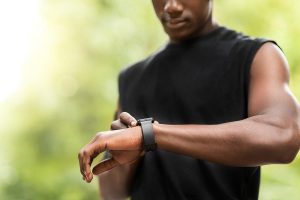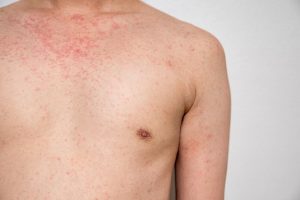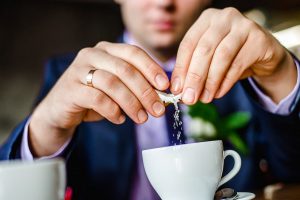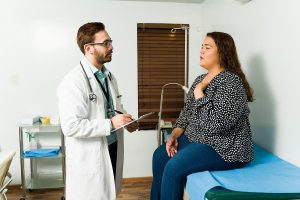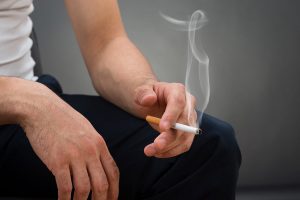
If mindless eating can put on the pounds, it stands to reason that mindful eating can help with diet success. In fact, studies show that “eating-focused” mindfulness can bring significant changes in weight, in how you approach food, and even in psychological well-being. This makes it especially helpful for binge eaters, but it’s also good for anyone whose first reaction to stress or any uncomfortable emotion is to reach for food. The goal of mindfulness is to help you develop a greater awareness of true hunger and the feeling of fullness, and to identify and work through the various triggers that lead to unnecessary eating. One simple way to apply the principles of mindfulness it to keep an eating diary. Whether in a traditional journal or through a food tracking app, you want to write down not just what you’re eating but also why you’re eating — are you hungry or just bored or stressed? To delve deeper into the practice of mindful eating, your options range from books for self-starters to training through mindfulness-based weight loss programs with weekly group meetings. These meetings can include one or more forms of meditation as well as mindful-eating homework so you can put into action what you learn in class. As with any technique designed to change behavior, the more effort you put in between sessions, the… read on >










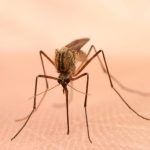










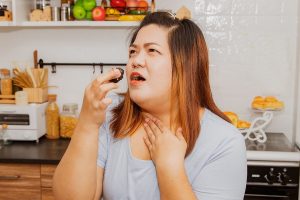
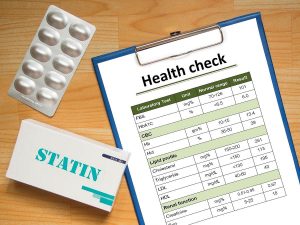

-300x200.jpg)
